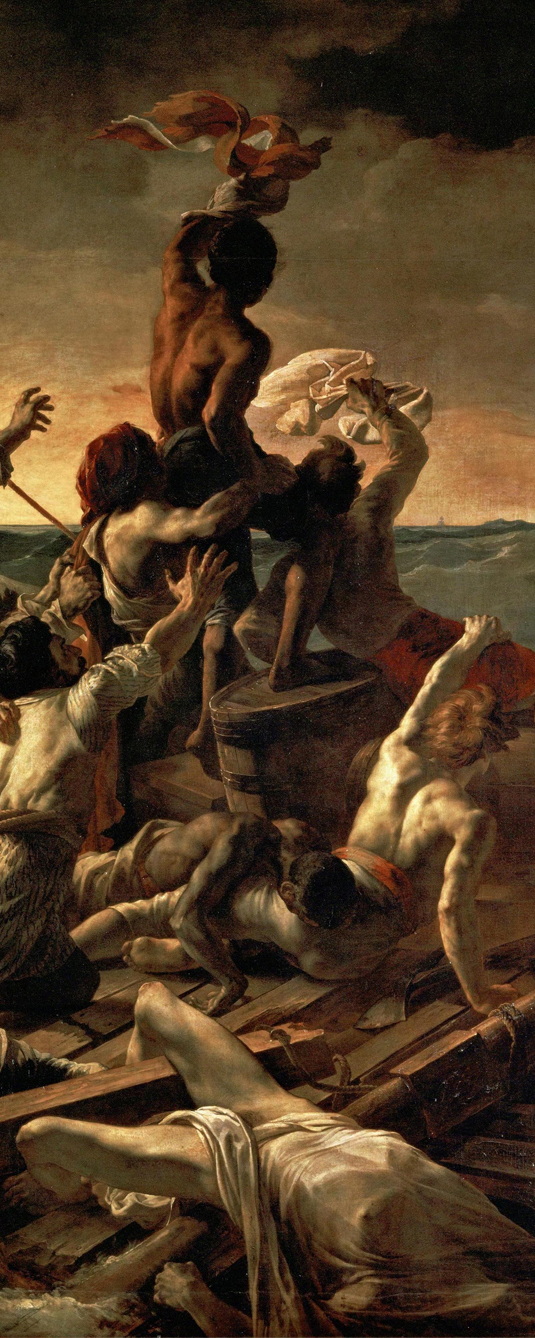Art History Course
An Era and it's Art: The Nineteenth Century
.
The nineteenth century was a period of enormous upheaval: political, social, technological. It is, therefore, no surprise that avant-garde art at the end of the century looked very different from art being made in the early 1800s.
The French Revolution and Napoleonic wars would see the end of the Ancien Régime. A growing capitalist bourgeoisie became art patrons. Independent galleries and exhibitions challenged the all-powerful Salon.
In Paris, as Baron Haussmann created a modern metropolis, Neo Classicism and Romanticism gave way to Social Realism and Impressionism. Industrial Revolution in Britain brought anxieties about social injustice, reflected in Victorian narrative paintings.
The new railway system allowed artists to travel widely. Together with the invention of tubed paint this led to a passion for painting 'en plein air'.
The invention of photography, whilst a useful aid, was also an existential threat to art. Artists had to find a new relationship with the visible world. Many started to look outside our Western tradition to artworks and artefacts imported from colonies and new trading partners across the world.
We close the century with fin de siècle angst: brooding Symbolist art captured the introspective mood of the end of an era.

